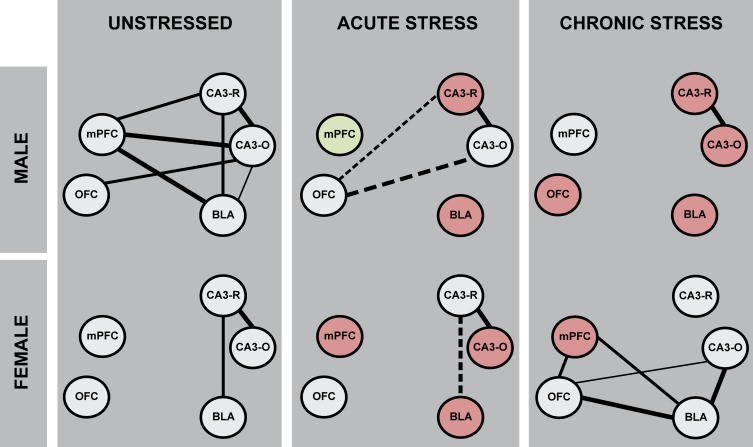Fig 6. Sex differences in- and stress effects on- microglial morphological activation across corticolimbic brain regions.
Associations between microglial morphological activation states across OFC, mPFC, BLA, and DHC were examined using Pearson correlation coefficients. Increased strength and/or number of associations would suggest greater microglial coupling, or decreased heterogeneity in microglial morphological activation state across corticolimbic brain regions. Microglial activation state is strongly correlated across corticolimbic brain regions in unstressed male- but not unstressed female- rats. Acute stress altered patterns of microglial morphological associations in both male and female rats. Remarkably, chronic stress reduced associations in microglial morphological activation state across corticolimbic circuitry in males, but induced associations in females. Green brain region nodes indicate an increase in microglial morphological activation state- and red nodes indicate a decrease in microglial morphological activation state as compared to same-sex unstressed animals. The strength of each association is represented in line weight ( , r = -1.00 –-.71;
, r = -1.00 –-.71;  , r = -0.70 –-0.61;
, r = -0.70 –-0.61;  , r = -0.60 –-0.50;
, r = -0.60 –-0.50;  , r = 0.50–0.60;
, r = 0.50–0.60;  , r = 0.61–0.70;
, r = 0.61–0.70;  , r = 0.71–1.00;); positive correlations are indicated with a solid line; negative correlations are indicated with a dashed line.
, r = 0.71–1.00;); positive correlations are indicated with a solid line; negative correlations are indicated with a dashed line.

